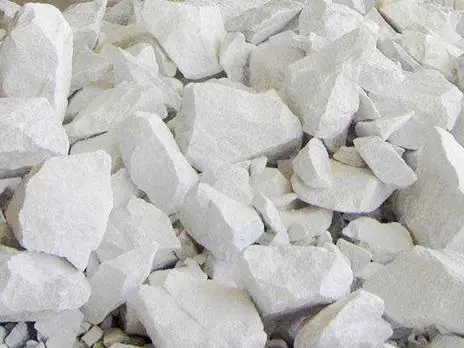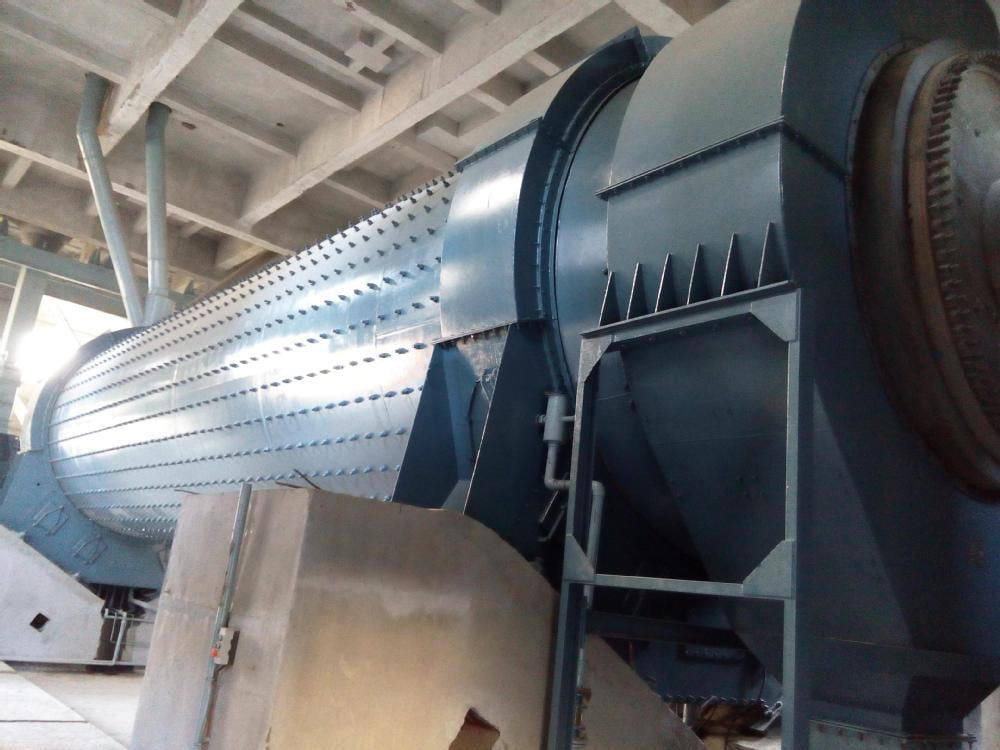For product information and pricing, Chat with sales agent:
or email us : sales@clirik.com
Click links below to see related products.


Marble
Calcium carbonate can be made from marble by first crushing the marble to a fine powder and then reacting it with an acid, such as hydrochloric acid, to produce carbon dioxide and calcium chloride. The reaction can be written as:
CaCO3 (marble) + 2 HCl (acid) -> CaCl2 (calcium chloride) + CO2 (carbon dioxide) + H2O (water)
The calcium chloride can then be purified and heated to release the chlorine gas, leaving behind calcium carbonate. This can be written as:
CaCl2 (calcium chloride) -> CaCO3 (calcium carbonate) + Cl2 (chlorine gas)
Once the calcium carbonate has been obtained, it can be further processed to obtain a fine, white powder that is suitable for various applications, such as in the pharmaceutical, food, and construction industries. To obtain this fine powder, the calcium carbonate can be treated with substances such as oxides or hydroxides to neutralize any remaining acidity and to control its particle size. The powder can then be dried and packaged for storage and transportation.
In addition to these steps, there are also several industrial processes that are used to produce calcium carbonate on a large scale. One such process is the "Carbonation Method," in which carbon dioxide is passed through a slurry of calcium hydroxide, leading to the precipitation of calcium carbonate. Another process is the "Lime-Soda Ash Process," in which sodium carbonate (soda ash) is added to a solution of calcium hydroxide, leading to the precipitation of calcium carbonate.
In both of these processes, the calcium carbonate precipitate is then filtered and washed to remove impurities, and the final product is dried and ground to the desired particle size. The quality of the final product can be influenced by factors such as the purity of the starting materials, the reaction conditions, and the process used for purification and drying.
It's also worth noting that there are different grades of calcium carbonate that are used for different applications. For example, food-grade calcium carbonate must meet strict safety and quality standards to be used in food products, while construction-grade calcium carbonate is used as a filler and extender in various building materials such as concrete, paint, and plastics.
In conclusion, the production of calcium carbonate from marble involves several steps, including crushing, acidification, purification, and drying. The final product can vary in quality and particle size depending on the specific process used, as well as the intended use of the product. It's a widely used material with various applications across several industries.
Finally, it's worth mentioning that the production of calcium carbonate from marble can significantly impact the environment. The quarrying of marble, the transportation of raw materials and final products, and the various chemical reactions involved in the production process can all contribute to environmental pollution and the depletion of natural resources. Additionally, the release of carbon dioxide during the production of calcium carbonate can contribute to global warming and climate change.
Therefore, it's essential for calcium carbonate producers to adopt environmentally friendly production practices and to minimize their impact on the environment. This can include reducing waste, conserving energy and water, and using sustainable raw materials whenever possible. By doing so, we can ensure that the production of calcium carbonate remains sustainable for future generations.
In the processing of calcium carbonate, several pieces of industrial equipment are used, including:
1. Crushers: Used to crush the raw marble into smaller pieces that are easier to handle.
2. Ball Mills: Used to grind the crushed marble into a fine powder, which can then be reacted with an acid to produce calcium chloride.

3. Filters: Used to filter out impurities from the calcium carbonate slurry, such as sand and other unwanted particles.
4. Centrifuges: Used to separate the solid calcium carbonate from the liquid slurry, as well as to remove any remaining moisture from the final product.
5. Dryers: Used to dry the final product, either through the use of heat or by evaporation, to produce a fine, white powder that is suitable for various applications.
6. Classifiers: Used to control the particle size of the calcium carbonate, which can be important for specific applications such as in the food industry.
7. Packing equipment: Used to package the final product for storage and transportation, such as bagging machines, palletizers, and shrink-wrap machines.
These are some of the key pieces of equipment used to process calcium carbonate. The specific equipment used can vary depending on the particular process, the scale of production, and the desired quality of the final product.
When selecting equipment for the processing of calcium carbonate, it's important to consider several factors:
1. Scale of production: The size and scale of production will influence the type and number of pieces of equipment that you need. For example, a large-scale operation will require more equipment and larger machinery than a small-scale operation.
2. Quality of the final product: The desired quality of the final product will determine the type of equipment you need. For example, if you need a fine, white powder with a specific particle size, you will need equipment such as classifiers to control the particle size of the final product.
3. Safety: Safety is a critical factor when selecting equipment, especially when handling hazardous materials such as acids. You should select equipment that is designed with safety in mind, such as those with explosion-proof designs, or those that are equipped with safety interlocks and alarms.
4. Maintenance requirements: You should consider the maintenance requirements of each piece of equipment when making your selection. You should choose durable equipment that requires minimal maintenance to minimize downtime and keep your production line running smoothly.
5. Cost: The cost of each piece of equipment is also an important factor to consider. You should choose equipment that is cost-effective and provides
